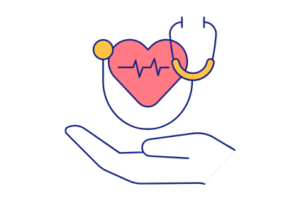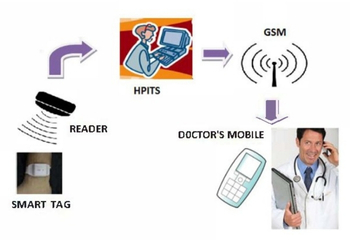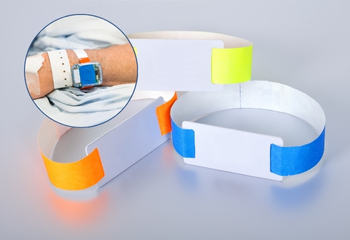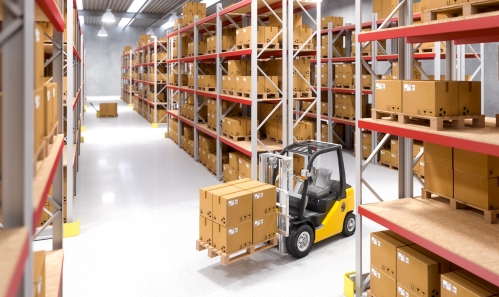Hospital Management System
Step 1
RFID tags containing unique patient identifiers are affixed to patient wristbands, badges, or medical equipment.
How Patient Tracking and Management Works
Upon arrival at the healthcare facility, patients are registered in the patient tracking system, and RFID tags are assigned to them, ensuring seamless integration of patient information such as demographics, medical history, and treatment plans, which are then linked to the RFID tags.
RFID readers installed at key locations throughout the facility, such as waiting areas, exam rooms, and treatment areas, continuously monitor the movement of patients and assets.
As patients move through the facility, their RFID tags are detected by readers, and their location and status are updated in real-time.
Healthcare providers use patient tracking software to coordinate care, monitor patient progress, and ensure timely delivery of services.
The system offers endless features, including:
RFID tracks patients, curbs elopement & errors, ensuring precise monitoring and ID.
Real-time tracking optimizes workflows, slashes wait times, and enhances resource allocation.
Automated tracking streamlines processes, cutting manual work, and boosting care focus.
Real-time analytics aid decision-making, pinpoint improvements, and fuel quality enhancement.
Patient tracking cuts wait times, betters communication, ensuring seamless care.
Software aids compliance, yields accurate reports, easing audits and performance checks.
Three Key Components for Effortless Advancement

Improved Patient Flow and Visibility
RFID technology enables healthcare facilities to track the movement of patients throughout their visit, from check-in to discharge. Patients can be provided with RFID-enabled wristbands or badges upon arrival, which contain unique identifiers linked to their electronic health records.
Enhanced Asset and Equipment Tracking
RFID technology can also be used to track medical equipment, devices, and supplies within healthcare facilities. Each item can be tagged with an RFID tag containing unique identification information. RFID readers installed throughout the facility automatically detect and record the location of tagged items as they are used, moved, or returned to storage.

Streamlined Patient Identification and Safety
RFID technology enhances patient identification and safety by providing a reliable and secure method of verifying patient identities and accessing their medical records.
It takes 3 step to automate the problems
( The complete solution is comprised of RFID reader and antenna connected to a laptop that runs the Jewelry software.)

Step 1

Step 2

Step 3
Case Studies

Retail Shop
Increase inventory accuracy, boost process efficiencies and reduce out-of-stocks with item-level tagging. Poxo(Poxo RFID Automation) for retailers can provide full inventory visibility from warehouse to individual retail outlets. In addition, stock taking which typically require a few days can be done within minutes with mobile RFID devices.

Warehouse
Improve efficiency and accuracy throughout your entire warehouse operation with RFID Fixed Gantry for automated inventory update. Streamline receiving, put-away, picking and shipping operations with greatly simplified tracking process by taking only a fraction of the time it would otherwise have taken to count and monitor the items manually with Poxo(Poxo RFID Automation).

Racking & Forklifts
Automatically verifying pallet identification and rack/door location to avoid mis-shipments or erroneous placements, Poxo(Poxo RFID Automation) for forklift’s customization can provide pinpoint load location, assign dynamic routing, monitor load time, reduce empty moves, and improve the overall productivity and utilization of your forklift fleet.
